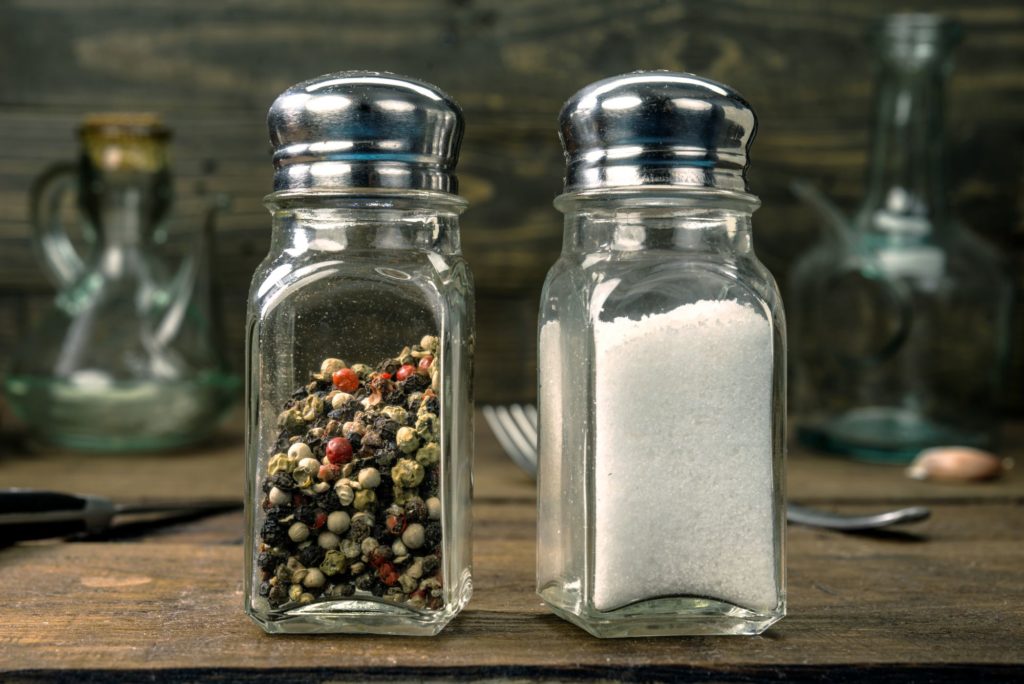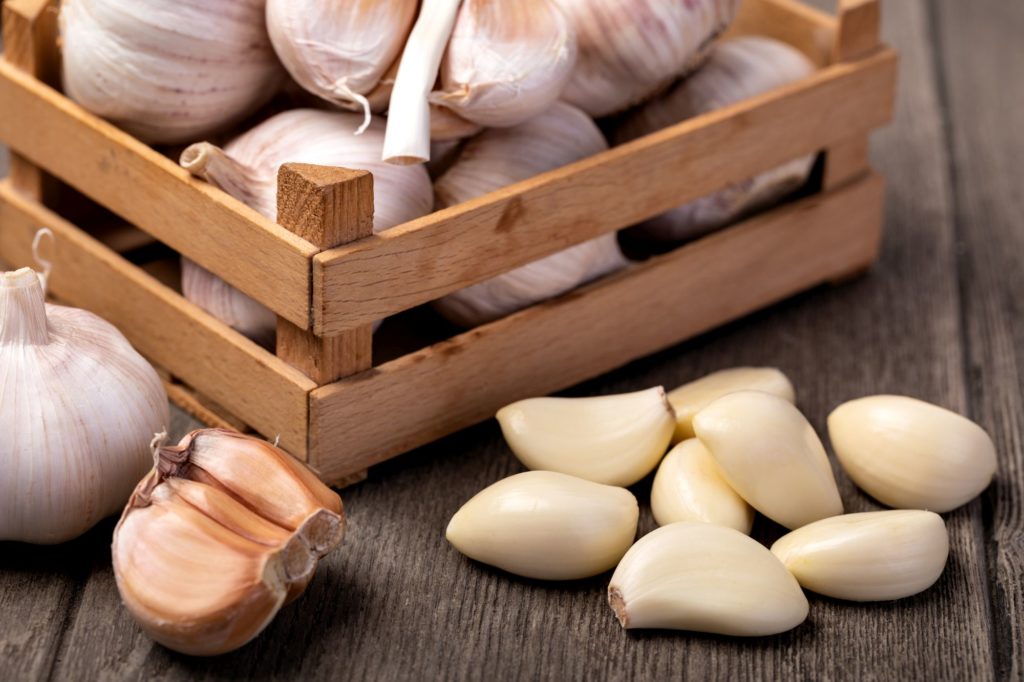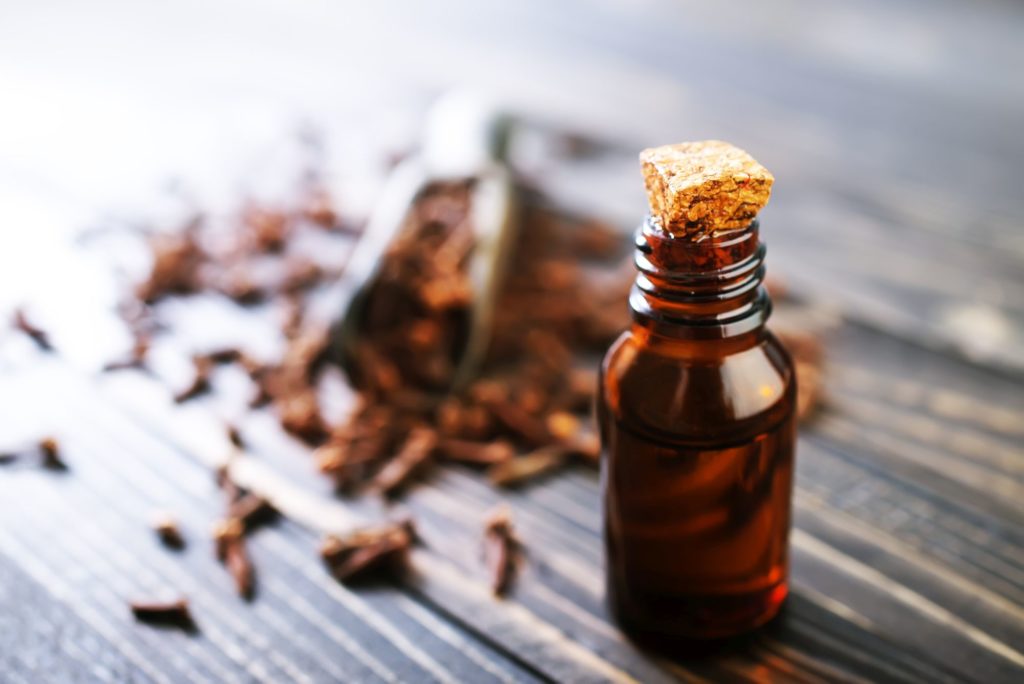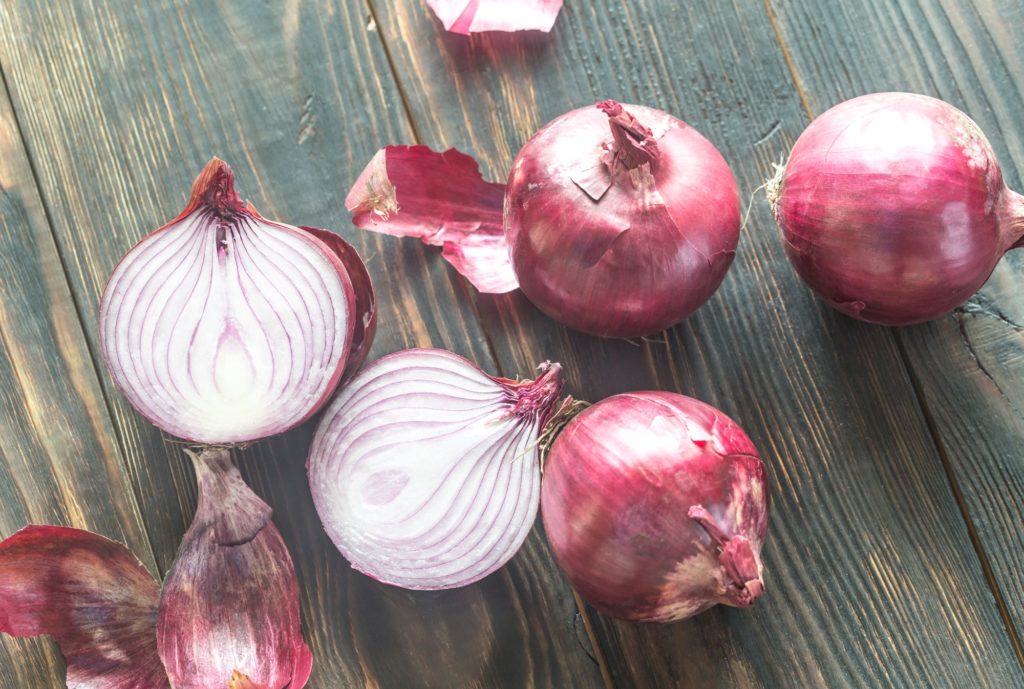Having a toothache can be one of the most unbearable pains. Worse yet is the fact they seem to like striking in the middle of the night when there is no hope of being able to find or get to a dentist.
There are a few noteworthy tricks to help alleviate tooth pain until you can get to a dentist. These tips and tricks are not a cure and you should go to the dentist as soon as you are able, but by using them, you can keep the pain at a more manageable level until you can receive proper help and care.

Salt and Pepper
It might seem a little strange, but salt and pepper, these two table staples might be able to help you through some dental pain.
The reason that these ingredients can help with a toothache is because they have antibacterial, anti-inflammatory, and analgesic uses. What that means is that not only can they help lessen pain, they can also help to lower swelling and kill off some of the culprit bacteria on the tooth.
Use this method by mixing equal amounts of ground black pepper and regular table salt, usually around one quarter teaspoon of each. Mix both ingredients with a drop or two of water until a paste is formed and apply the paste to the area of the affected tooth. Let it sit there for several minutes before washing your mouth out with water.
Keep in mind pepper is spicy, so if you are sensitive to seasoning, you may not wish to use this method.
Salt Water
So you can’t handle the pepper in the previous method, that doesn’t mean you can’t just use salt. Sat water is still a natural antibacterial agent, and swishing with salt water may help remove or dislodge any small piece of debris stuck in the teeth or gums.
Mix a tablespoon of salt with a cup of warm water. Move it around in your mouth for a minute or more before spitting it out. We recommend doing this three or four times before rinsing your mouth with straight water to get the full effect.

Garlic
Garlic is another age-old help for a toothache thanks to allicin, a chemical found in garlic. Garlic helps because it is antibacterial and has analgesic properties as well. It will keep the bacteria lowered, thus offering some protection to the tooth so it will not be as aggravated. Your breath might not smell the best using this method, but if you want to give it a try, crush one whole garlic clove and use the juice it provides. Use a clean swab to apply the juice to the affected tooth.
If you are troubled by spicy things, again this may not be the solution for you. Garlic tends to be very potent, and it can burn your tongue a bit when raw. As an alternative, you can use garlic powder mixed with a few drops of water instead of fresh garlic, the effect may not be as great but the taste will be much less potent.

Clove
Using Clove for reducing tooth pain was often used before modern dental medicine. Clove is a rather amazing spice. Not only does it include analgesic properties thanks to eugenol, a chemical compound in the clove, but it is also antibacterial, anti-inflammatory, and it contains antioxidants. Like with those remedies mentioned above, it will help relieve pain, keep down swelling and fight bacteria and infection.
Clove is a numbing agent, so when applying this remedy do not be alarmed if the area you use it in goes desensitized. It is a great deal like the anesthetic agents you can buy over the counter like Orajel, going numb is supposed to happen. If you want to use this method, there are a few ways you can go about it. You can start by grinding two cloves, mix the resulting powder with a teaspoon of olive oil and using a clean swab apply the mixture to the affected tooth.
Alternatively, you can use clove oil. To use clove oil dip a swab in the oil and apply to the affected tooth. You only want a little clove oil though as too much can be harmful.
Some people advocate if you have a broken tooth, or a tooth with a cavity that has left a hole you can use a small bit of a cotton ball soaked in clove oil and pack it into the hole in the tooth to help deaden the nerves for a time and ease the pain. Clove can be rather strong in flavor, but because it is a numbing agent, the stinging or burning dissipates very quickly.

Onion
Onion is another remedy for a toothache. You can use any type of onion. Even green onion and shallot will work in a pinch. Onion helps because it is antiseptic and antimicrobial. It kills off those nasty germs that are usually the culprit behind why the tooth is hurting.
An important note, if you have exposed nerves from a broken tooth or a hole being in the tooth, I would not advise this method, as onion has no true pain relieving properties, and it may aggravate the nerves, causing more pain in the end.
To use this method, cut a small piece of raw onion and chew on it with the affected tooth for a few minutes, if you cannot chew, then let the piece of onion rest against the tooth, making sure the juice that would otherwise burn your eye gets into the area to do its work.
Vanilla Extract
Vanilla extract is a great choice for helping with tooth pain. Not only does it help numb the pain; it does not taste bad and the scent is very calming.
If you wish to use this method, simply dip a clean cotton swab into the vanilla extract and apply to the affected tooth.
Be careful when using this method, as vanilla extract can badly stain clothing and even skin. The stains can be washed out but in some materials it will be much more difficult to remove. Stains on skin usually fade in a day or so, a process that can be sped up by taking some toothpaste on a damp cloth and rubbing over the stain. Though, if you are suffering from tooth pain, you likely don’t care about some staining.

Tea
Black tea and peppermint tea are two of the most highly regarded teas for reducing tooth pain, but for different reasons. Peppermint tea typically includes antibacterial and antioxidant compounds that can help reduce an infection and the menthol in peppermint can have a mild numbing effect. Black teas have astringent tannins that can help reduce swelling.
Both of these require you to place a warm, wet tea bag against the affected tooth to receive the benefits of this method.
Hydrogen Peroxide
Using a hydrogen peroxide rinse has been proven to help reduce plaque and symptoms of periodontitis, a gum infection that can cause soreness, bleeding gums and more.
You should always use food grade hydrogen peroxide and mix it with room temperature water in equal parts. Then swish it around in your mouth for a minute or more before spitting it out. Do not swallow this solution. Rinse your mouth a few times before swallowing normally and feel free to repeat this technique as needed.
We do not recommend using this technique with children as the risk of them accidentally swallowing some is too high.
Ice
Ice, or anything cold, is another wonderful temporary aid. Do not apply ice directly to the affected tooth! If ice is applied to the tooth directly, in most cases it will worsen pain by aggravating the nerves. If you want to use ice to help reduce swelling and numb the nerves, use an ice cube or a cold pack and surround it with a thin cloth.
Apply a cool pack to the cheek near the tooth that is causing the problem. Do not leave the cold pack on for longer than twenty minutes. This process can be repeated every hour.
Heat
Heat can also help. Using a hot pack, wrap it in a thin cloth and press this to the cheek near the affected tooth. Indirect heat is the key here, as direct heat will only aggravate the nerves of the tooth and make the pain worse.
The hot pack method can be used for extended periods of time, but if your skin becomes sensitive to the heat, remove the pack for at least thirty minutes before using it again.

Pain Medication
You likely have some over-the-counter pain medication like Tylenol (acetaminophen) or Advil (ibuprofen) that you can take to assist in reducing toothache pain. Always use the recommended dosage and feel free to mix this with other tips on this list.
Conclusion
These are just a few methods that have been known to work. Hopefully, one or more of these toothache pain reducing tips will help you in your time of need so that you can continue about your daily life. Just remember, any toothache that lasts longer than two days or includes a fever, headache or pain when opening your mouth needs dental attention.

